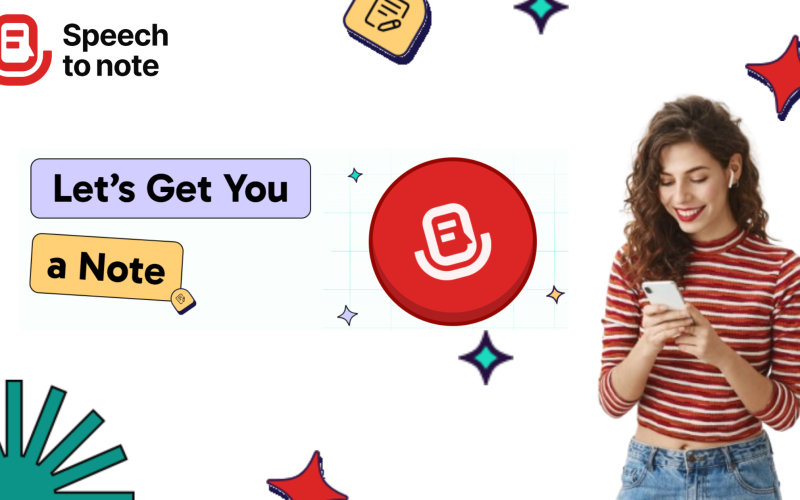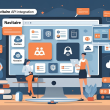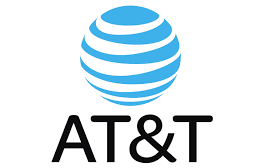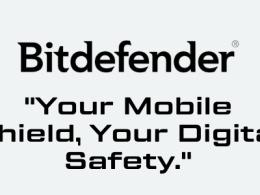Dr. Patel used to joke that his stethoscope wasn’t just for listening to hearts—it was his anchor in a sea of paperwork. “It keeps me from drifting into a pile of unfinished notes,” he’d say, half-laughing, half-serious. Sound familiar? If you’re a healthcare professional, you’ve probably felt the same. Between checking vitals and juggling patient files, the act of note-taking often feels more like a chore than a clinical tool.
But guess what? Those days are fading fast. We’re standing at the edge of something revolutionary: voice-first healthcare. And it’s changing the way medical professionals take notes, manage patient data, and reclaim precious time.
From Scribbles to Speech: The Shift is Real
Picture this: A doctor walks out of a consultation room, pulls out their phone, opens an app, and speaks directly into it—”Patient experiencing mild asthma symptoms, prescribed 2 puffs of Salbutamol every 4 hours.” Boom. The speech to text engine converts it instantly, files it neatly under the patient’s profile, and sends a summary to the EHR system. No typing. No scribbling on sticky notes. No end-of-day backlog.
This isn’t science fiction. It’s happening right now, and tools like Speech to Note are leading the way. The speak writer model empowers doctors to dictate in real-time, turning every uttered observation into structured, searchable data.
Why Voice? Because Time is Blood
Let’s face it—doctors aren’t just healthcare providers; they’re time jugglers. According to a 2022 report published in Health Affairs, physicians spend nearly 16 minutes on EHR tasks per patient. That’s more time clicking boxes than checking on patients.
By switching to notes on speech, practitioners can cut documentation time by more than half. That’s not just convenient—it’s life-changing. Imagine reclaiming two hours of your day. What would you do with it? Squeeze in a real lunch break? See more patients? Get home before sunset?
Relatable Scenarios: The Clinic Hustle
Let’s talk about Dr. Rina, a pediatrician in Bangalore. She treats over 30 kids a day, many of whom come with anxious parents, scribbled history notes, and unpredictable tantrums. By the end of her shift, she used to stay an extra hour just to update her records. Now, she uses a speech to text app right after every appointment.
She speaks while walking to her next room. “Arjun, age 5, fever for 2 days, throat inflammation noted, likely viral—advise paracetamol and fluids.” It’s fast, accurate, and most importantly—it means she gets to spend more time actually being a doctor, not just writing like one.
Speak Writer: Not Just for Docs in White Coats
And here’s the kicker—it’s not just doctors who benefit. Nurses, therapists, even home health aides are jumping aboard. With notes with voice, a visiting nurse can record real-time updates after a home visit. No lugging around laptops. No typing on tiny screens. Just good ol’ human speech, translated into clean, readable documentation.
Think of it as the healthcare version of having a personal assistant who never sleeps, never forgets, and doesn’t mind your accent.
But Is It Accurate? (Spoiler: Yes!)
Skeptical? Understandably so. Medical language isn’t your average grocery list. But the tech has caught up. Modern speech to text tools are trained on medical vocabularies and dialects. They handle terms like “hydrochlorothiazide” or “neurofibromatosis” without blinking.
Plus, most systems now include correction features—so even if your tongue trips over a tricky word, you can tap, tweak, and move on. It’s far more forgiving than trying to decipher your own handwriting at the end of a 12-hour shift.
Human Touch Still Matters
Let’s be honest, though. No app replaces empathy, clinical judgment, or that calming presence a physician brings to the room. What voice-first tools do is handle the grunt work. They take the repetitive task of documentation and whisper, “I’ve got this.”
They don’t replace the human side of healthcare—they enhance it. Now, doctors can maintain eye contact with patients, instead of staring at a monitor. They can speak freely, reflect more, and connect better. It’s ironic, really—using technology to make medicine more human.
A Few Bumps? Sure. But Worth It.
Like any innovation, the road isn’t bump-free. Background noise can mess things up. You might need to adjust how you phrase things. And yes, the occasional misheard word might make you laugh (or groan). I once dictated “tight chest, wheezing,” and it transcribed as “tied cheese, sneezing.” A funny moment—unless you’re lactose intolerant.
But these hiccups are minor compared to the sheer relief of not spending your evening hunched over notes.
Ready to Take the Leap?
If you’re in healthcare and still scribbling post-its or typing furiously between patients, it’s time to level up. Your voice is your most powerful tool—not just for healing, but for documenting, analyzing, and improving care.
Download the Speech to Note App today and experience it yourself:
📲 App Store
📲 Google Play Store
Let your words work for you. Let them become your notes, your memory, your assistant. Whether you’re crafting concise diagnoses, planning treatment strategies, or simply capturing the pulse of your day—speak it out, and let the tech do the rest.
Final Thoughts: Speak. Note. Heal.
The future of healthcare isn’t written—it’s spoken. With tools like speak writer apps and notes with voice, we’re witnessing the evolution of clinical efficiency. You no longer have to choose between patient care and perfect records. Now, you can have both.
So next time you’re about to pick up a pen, pause. Try picking up your phone instead. Say it out loud. Let your notes on speech tell the story—clearly, quickly, and effortlessly.
Because in a world moving faster by the second, your voice isn’t just heard—it’s recorded, remembered, and ready for action.












